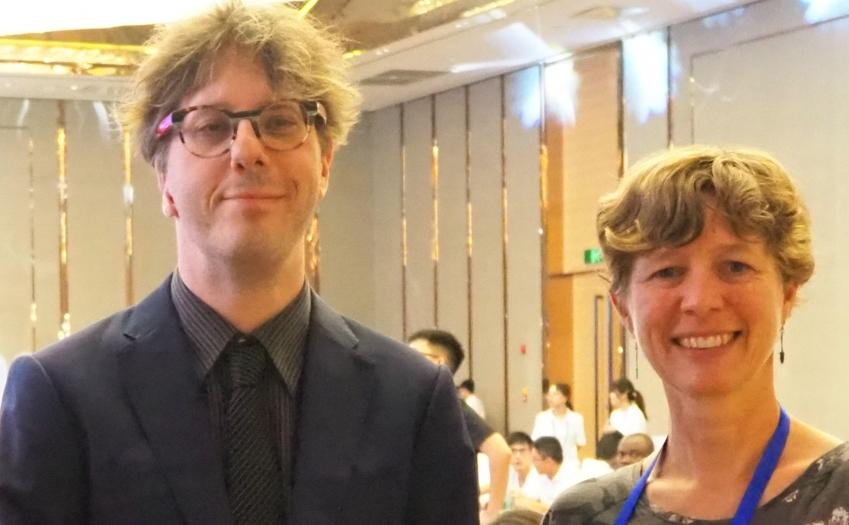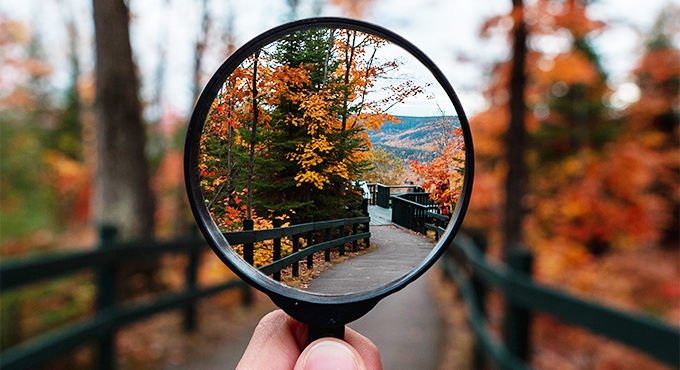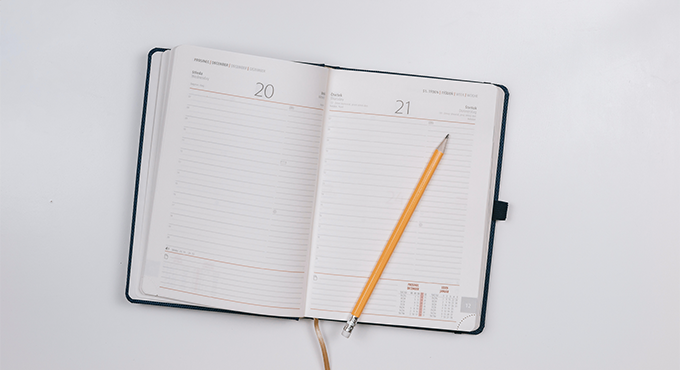News

Interview with Dr. Augusto Cannone Falchetto, Robert L'Hermite Medalist 2019
RIM DC: Augusto, tell us something about you. You are Italian and you hold a joint degree with the University of Parma (IT) and University of Minnesota (USA)?
Hmmm… not exactly a joint degree. I started my Ph.D. at the University of Parma. One of the requirements was to spend 6 months abroad so my supervisor (Prof Tebaldi) sent me to the University of Minnesota. In the US, I had the opportunity of completing a Ph.D. under the supervision of Prof. Marasteanu and Prof. Jia-Liang Le, while still working on my Italian Ph.D. To do so, I had to prepare two distinct Ph.D. theses on different topics but at the end, I obtained two Ph.D. degrees. In addition, since I had to take all the credits for classes, I decided to get a Master of Science at the University of Minnesota. Overall, I worked on rheology, recycling, and fracture mechanics.
RIM DC: And now your research is on this last topic, fracture mechanics, as you showed us in the L’Hermite medallist presentation today (2019 Robert L’Hermite presentation on Tuesday 27/8/2019 at the 73rd Annual RILEM week and IMSCE in Nanjing, China)?
Not really. This is something that I keep as a preferred theme. However, whatever comes up as a research opportunity, I work on it, but I keep this topic on a parallel working path.
RIM DC: How long did it take to complete the two PhDs?
I started the Italian Ph.D. in 2007 and I completed the US Ph.D. at the very beginning in 2013.
RIM DC: What happened after that? Did you go back to Parma?
No, I was not sure what to do. I ended up applying for a post-doc position in Germany at Technische Universität Braunschweig and 4 years later I got my current Assistant Professor position.
RIM DC: RILEM has many members coming from the academia but RILEM is also very interested in sharing the outcomes of its Technical Committees with the industry. Your presentation today was very technical. If you had to “sell” your research to the industry who might not be very much interested in stress singularities, size effect, and fracture mechanics, what would you say? What is the relevance of your research for practical applications?
This is a good question. At the end of my presentation today I showed a few slides on pavement design. We may want to use modelling for practical applications such as pavement design. I believe that currently we are overestimating the material properties and specifically the strength of asphalt mixture at low temperature when predicting the service life of the pavement. Therefore, my question is “Are we really doing the right thing when we design pavements? ”. I think that the current testing methods over-estimate the material strength when designing larger structures such as pavements and therefore they are not necessarily conservative.
RIM DC: What about the relationship of your research with the current concerns about the environment? Are you involved/interested in this topic?
I am currently a Task Group (TG) leader in a couple of RILEM TCs. One is working on Valorisation of Waste and Secondary Materials for Roads (TC 279-WMR) chaired by Lily Poulikakos. The other works on Asphalt Pavement Recycling (TC 264-RAP). Regarding the topic that I presented today and its relevance to the environmental issues, I believe there still much to do. What I presented is more focused on theory and modelling. Nevertheless, introducing recycled material in the evaluation of size effect may be challenging due to the additional variability in the analysis but still worth to try in a couple of years when the model I am working on is more solidly defined.
RIM DC: What about you and RILEM? When did the love start?
My Ph.D. supervisor from the University of Parma exposed me to RILEM when I started my Ph.D. but soon after I moved to the US. There, the team I was working with did not have many opportunities for interacting with RILEM.
RIM DC: So during your Ph.D. in the US you interrupted any relationship with RILEM and when you came back to Europe…?
When I came back to Europe, it happened by chance. I went to a meeting in Delft to attend a presentation from a graduating student working on chemo-mechanics. Part of the conversation was on the recently started Rilem Technical Committee on this topic. So, I became a Rilem member, I worked on the Round Robin test, then I published some papers with this group and at the end, I was the chair of the conference on this topic that we organized in Braunschweig in September 2018: RILEM 252-CMB-Symposium on chemo mechanical characterization of bituminous materials (http://rilem-cmb2018.de/). It went from nothing to a deep involvement!
RIM DC: When did this happen?
The meeting in Delft happened in 2014, the first year after I moved back to Europe.
RIM DC: Do you think that RILEM helped your career since then?
Definitively! It is not just the activities with RILEM but the fact that you get to know so many people and you can start collaborations with them. Networking means a lot!
RIM DC: Would you recommend becoming a RILEM member to young researchers?
Yes, of course, but in an ACTIVE way! Do not just get the membership and wait for something to happen! They should try to be active, in a way or another, obviously within the limits of their possibilities. They might just help with some fundamental step for the editing of a State-of-the-art report, or whatever their institution allows them to do.
RIM DC: Tell me more about this medal. When did it cross your mind to apply for it? And did you expect to receive this award?
Lily Poulikakos was always telling me “why don’t you apply?”, “You should apply”.
RIM DC: She encouraged you! But she is not from your institution, isn’t she?
No, she is from EMPA in Switzerland but we work together in the same area and in many TCs so when we had a TC meeting or when I happened to meet her at a conference, she pushed the idea of applying for L’Hermite Medal. She used to tell me something like “if you do not buy the ticket, you’ll never win the lottery!”. But I was thinking “I will never get this award! There are so many terrific researchers out there”.
RIM DC: Why did you not think you were one of them?
Because I think that there are really amazing people in my field that deserve this award!
RIM DC: Well, it seems that the jury decided that you were the most amazing of the candidates for this round!
Well, I never thought I could receive the medal, but I applied anyway also because the application is easy. It is a CV with a picture. So, I sent my application and it was really a surprise when I received the news from RILEM that I got the award! It was just a couple of days before a business trip and I left Europe with a big “WOW!!!”.
RIM DC: Augusto, what would you say to young people that would like to succeed in the same way you did? How can you inspire them? Would you have any advice?
During these years I had the opportunity to travel a few times to South Korea to visit a good friend of mine. We were students together at the University of Minnesota. You know, we all have ups and downs. When we had “these downs”, we used to say one thing: “FIGHTING!!!”. So, my advice is: “NEVER GIVE UP”.
This interview was conducted by Daniela Ciancio, RILEM Implementation Manager.
Photo: Dr. Augusto Cannone Falchetto and Prof. Nele De Belie














No comment
Log in to post comment. Log in.